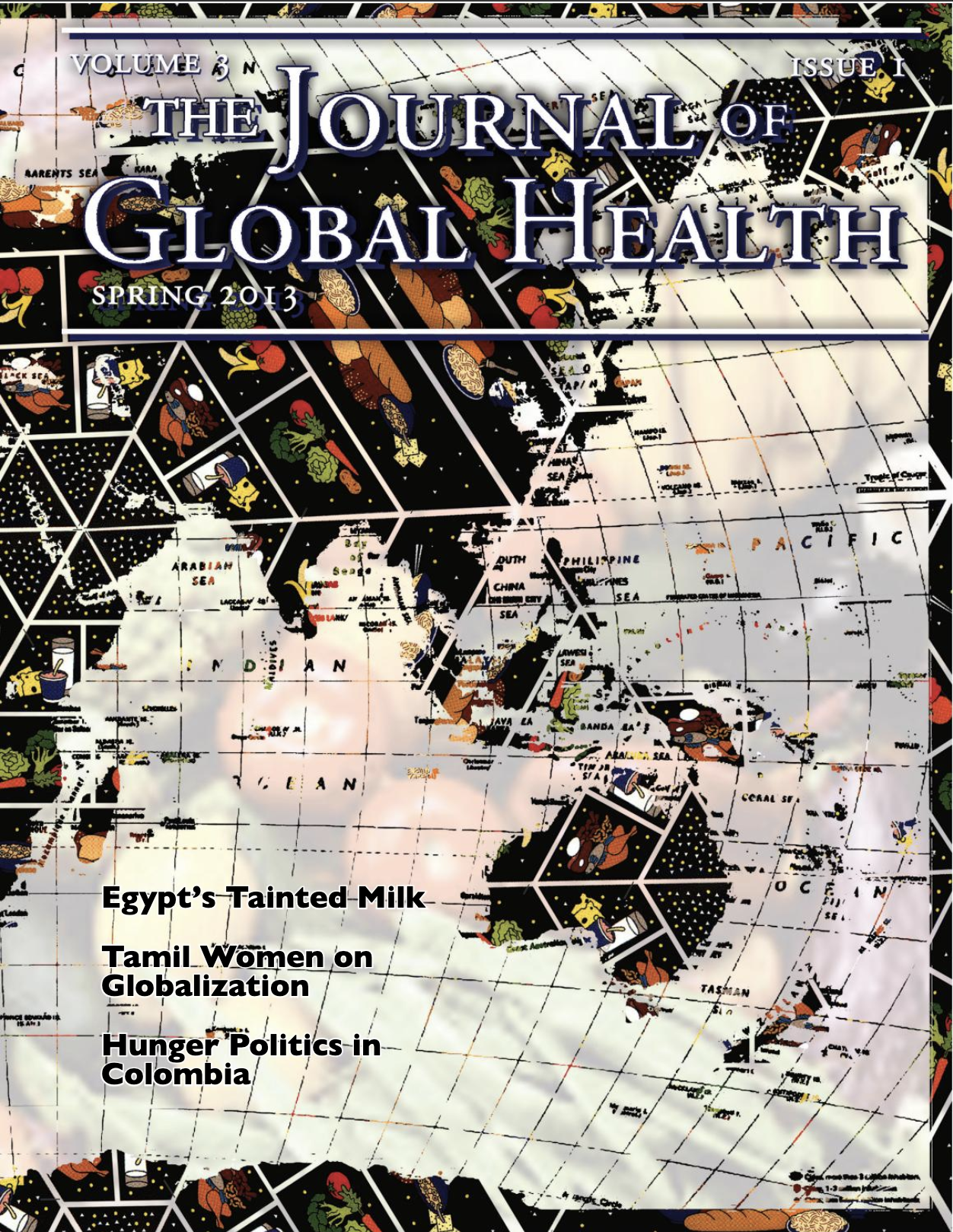Female Genital Cutting Knowledge and Intervention in Egypt
Main Article Content
Abstract
In its most extreme form, female genital cutting (FGC) removes a woman’s clitoris and severely narrows the vaginal opening to the size of a dime. However, in its most minor form, a woman’s clitoris is scratched or minimally excised resulting in little permanent damage. Between 100 and 140 million women have undergone some form of FGC worldwide and this number is expected to increase by a projected number of two million every year.1 Doctors, lobbyists, journalists, NGOs and other interest groups in their discussion of FGC demand complete eradication of the practice due to its observable short-term and long-term health implications. Often, demands for complete eradication are coupled with the criticism of FGC as a practice which oppresses women. Internationally, any compromise, including harm-reduction policies, is condemned by the media and by western audiences. The most prominent of such policies is institutionalization in hospitals and medicalization, the education of doctors about FGC.

